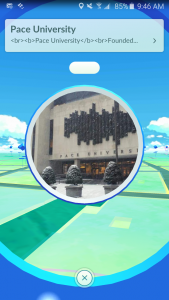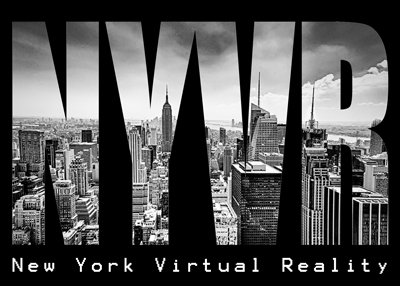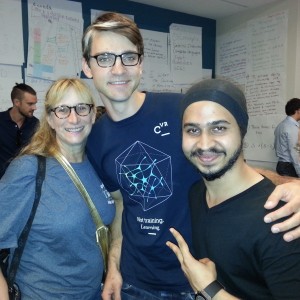On October 24th, students from Pace University’s Seidenberg School of Computer Science and Information Systems visited the IBM TJ Watson Research Center for an eye-opening field trip into the world of research and tech.
The audience in attendance included faculty, undergraduate and graduate students. One of these students attending was Charlotte Coffin, a senior majoring in computer science, who is currently working on her honors thesis titled, “An Introduction to Quantum Computing using the Number Guessing Game on QISKit.” QISKit is IBM’s open source platform for quantum computing, so the trip was particularly useful for Charlotte!
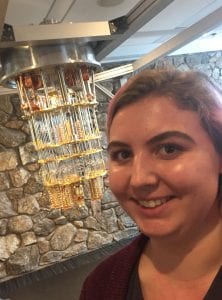
During the trip, students learned about the types of research taking place at IBM and identified potential research collaboration opportunities. IBM’s researchers discussed technological topics including quantum computing, blockchain, IoT wearables, artificial intelligence, and big data analytics.
Students spent the day in Thinklabs, research rooms, and with IBM professionals who introduced them to the real-world version of what they are studying at Pace University. For many students, getting an inside look at a company like IBM was a glimpse at the future.
Tianyu Wang, a PhD Computer Science student nearing graduation, noted that the trip was “a really great experience.”
“The researchers at the Research Center work on speech recognition, machine learning, natural language understanding, and information retrieval products, among others,” said Tianyu. “I particularly appreciated witnessing the collaborative working environment. The company supports various researchers that work in both small and large teams. I can see the researchers had a great time doing their work; most [of] them were absolutely top-notch and super-accessible and friendly.”
Tianyu, along with the rest of the group in attendance, also had the chance to see an innovative project in the works by IBM: artificial intelligence generating movie trailers.
“An example of a recent artificial intelligence research project is generating movie trailers automatically using machine learning algorithms,” Tianyu explained. “After training a couple of movies with label data, the program can generate a trailer automatically, within one day. This approach saves the cost of producing a trailer. Through this example, I could certainly see the real implementation of supervised learning solutions, and how artificial intelligence can impact the business.”
Andreea Cotoranu, Assistant Dean of Academic Innovation at Pace University, highlighted how grateful she and her students were for the field trip opportunity.
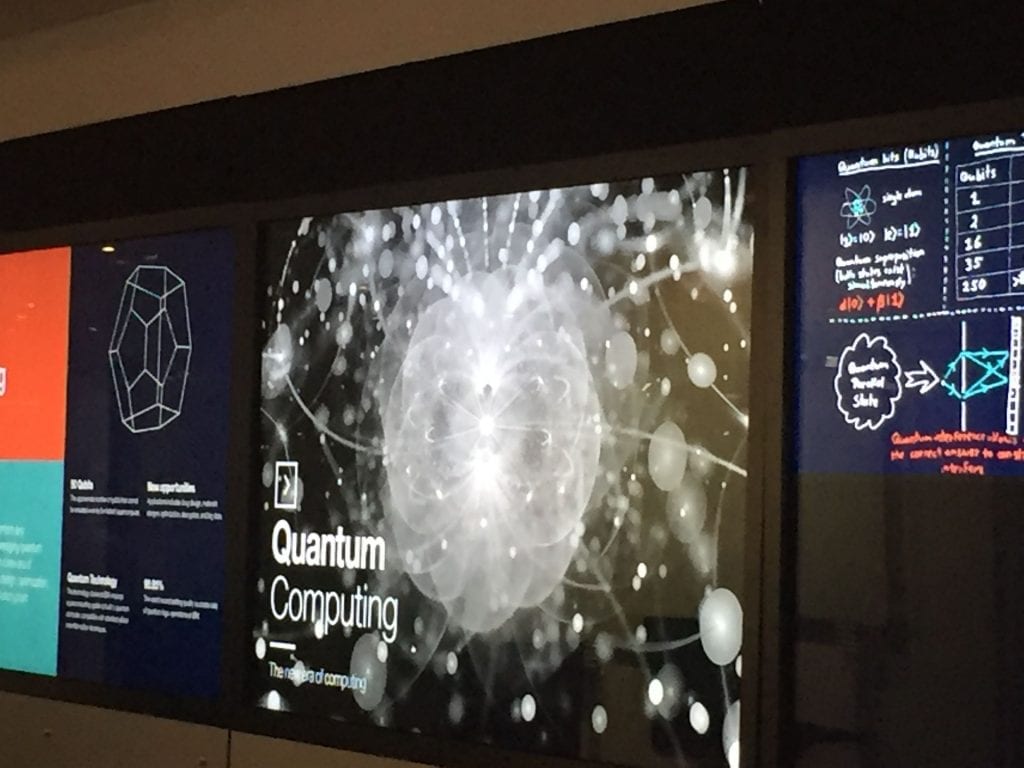 “The Seidenberg School is grateful for its dedicated adjunct faculty, especially Professor Stephan Barabasi, as well as for the passionate and generous team at the IBM Research Center for continuing to facilitate collaboration and discussion on key research topics and promote continued learning within the Seidenberg faculty and student body,” she said.
“The Seidenberg School is grateful for its dedicated adjunct faculty, especially Professor Stephan Barabasi, as well as for the passionate and generous team at the IBM Research Center for continuing to facilitate collaboration and discussion on key research topics and promote continued learning within the Seidenberg faculty and student body,” she said.
The IBM trip was another fantastic learning experience provided by the Seidenberg School of Computer Science and Information Systems. Keep your eyes peeled for future events with major technology companies!
Follow us on social media for updates!


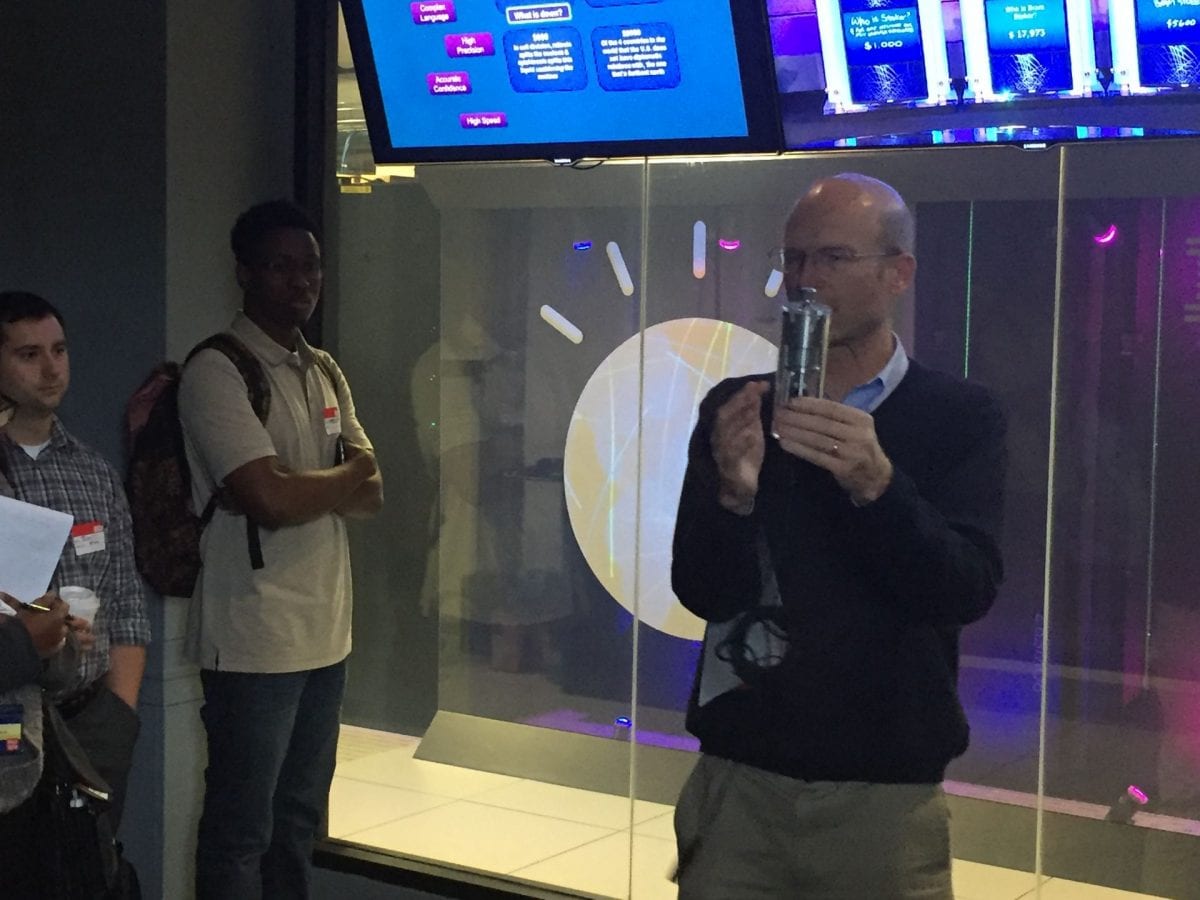
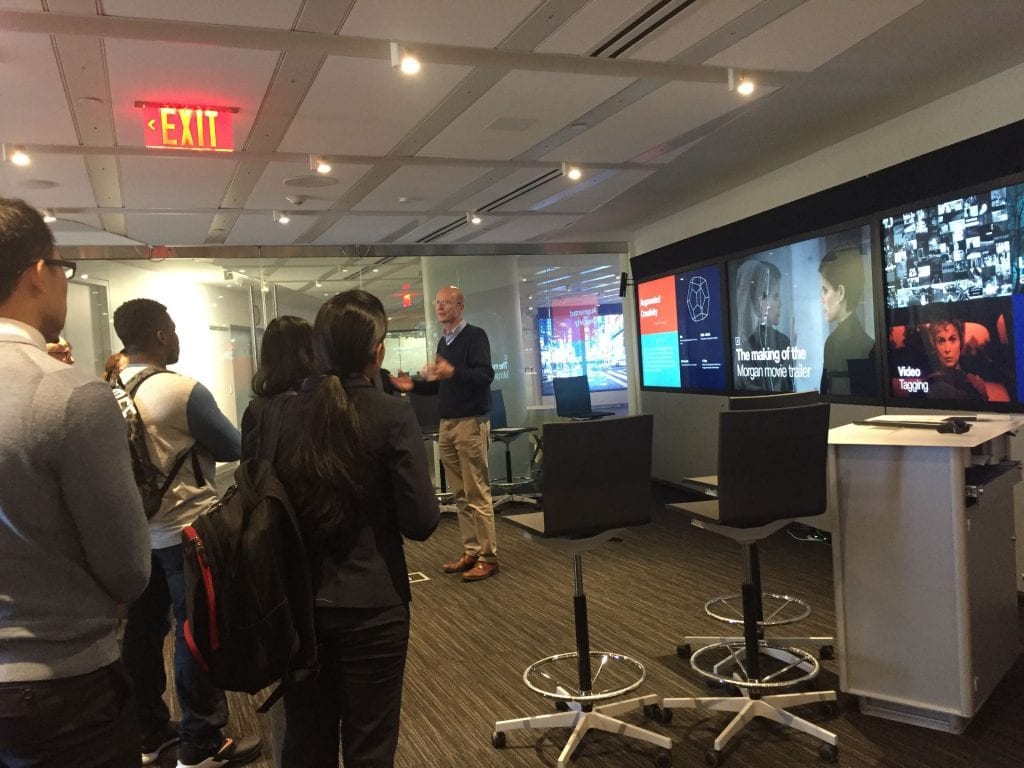





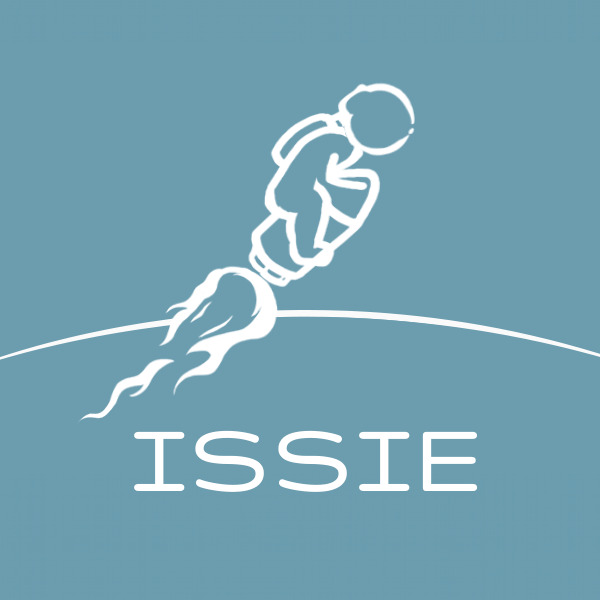

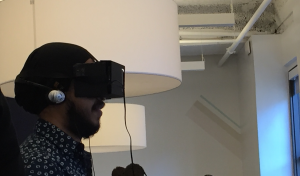
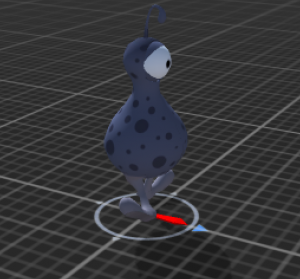
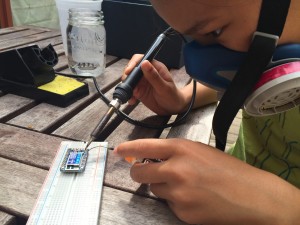
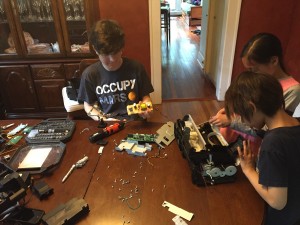
![Pokemon Go brings all our dreams to [augmented] reality](https://seidenbergnews.blogs.pace.edu/files/2016/07/Screenshot_2016-07-07-08-47-20_resized-tc8hsp-e1467902179191.png)

